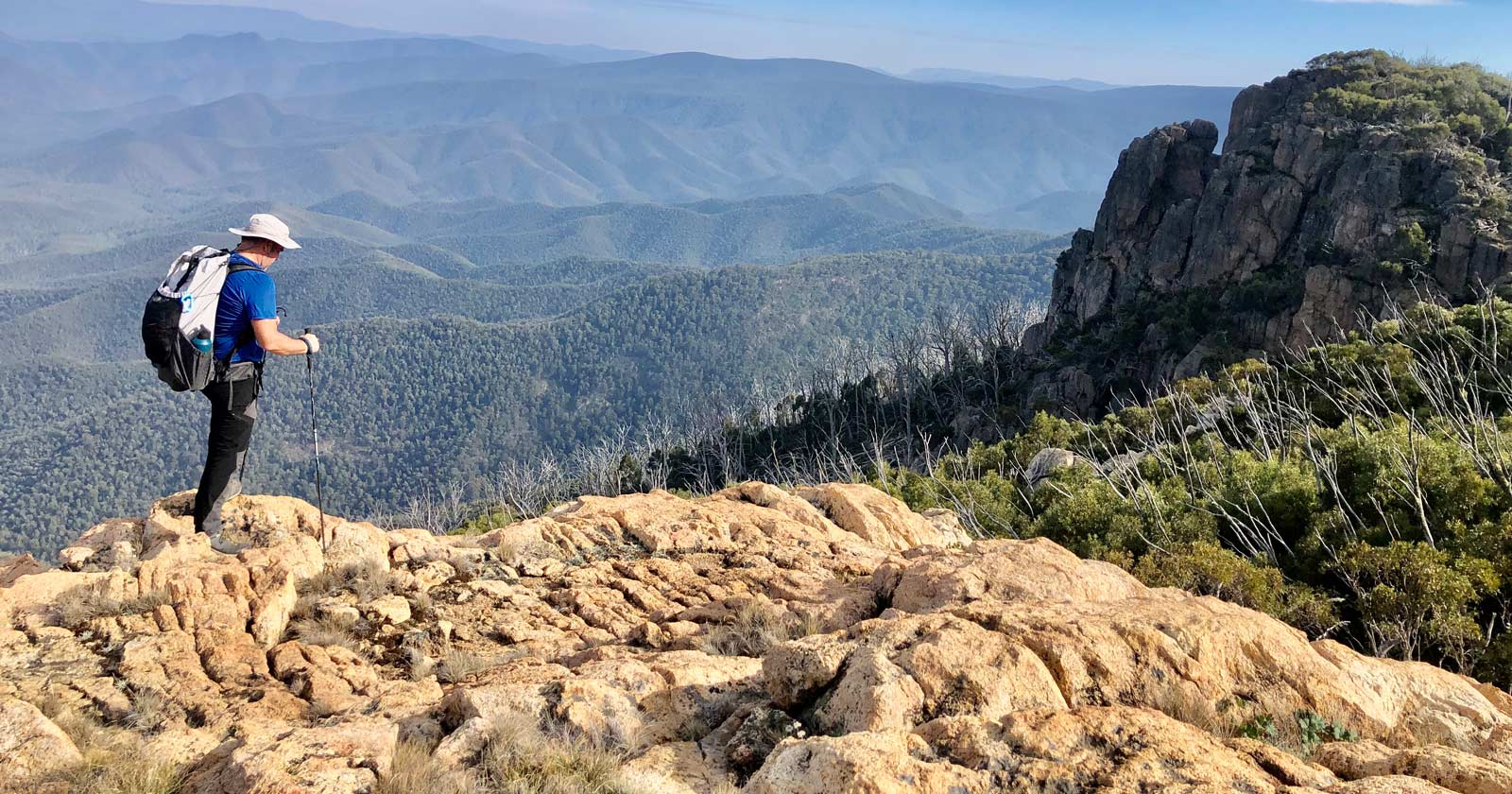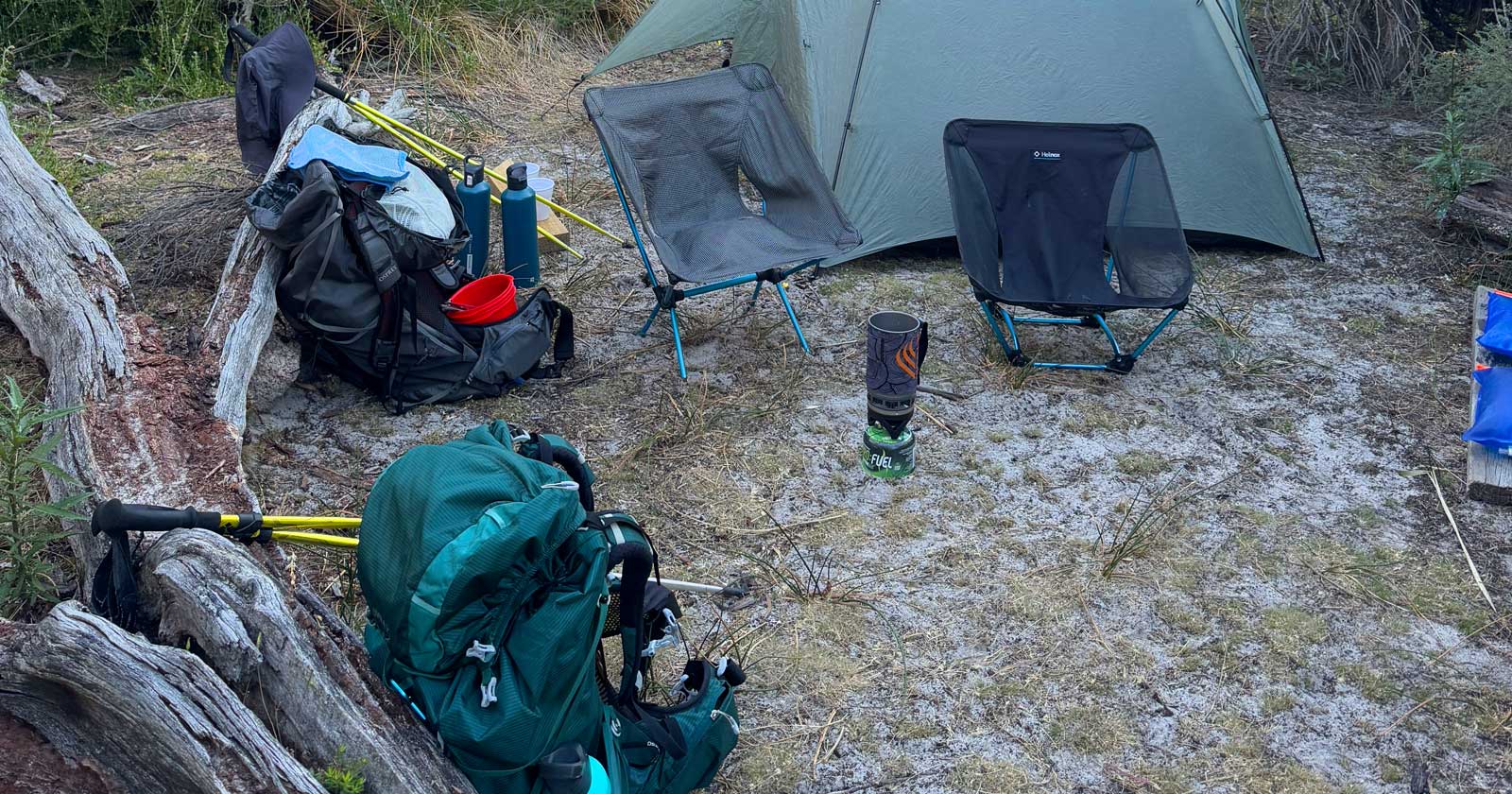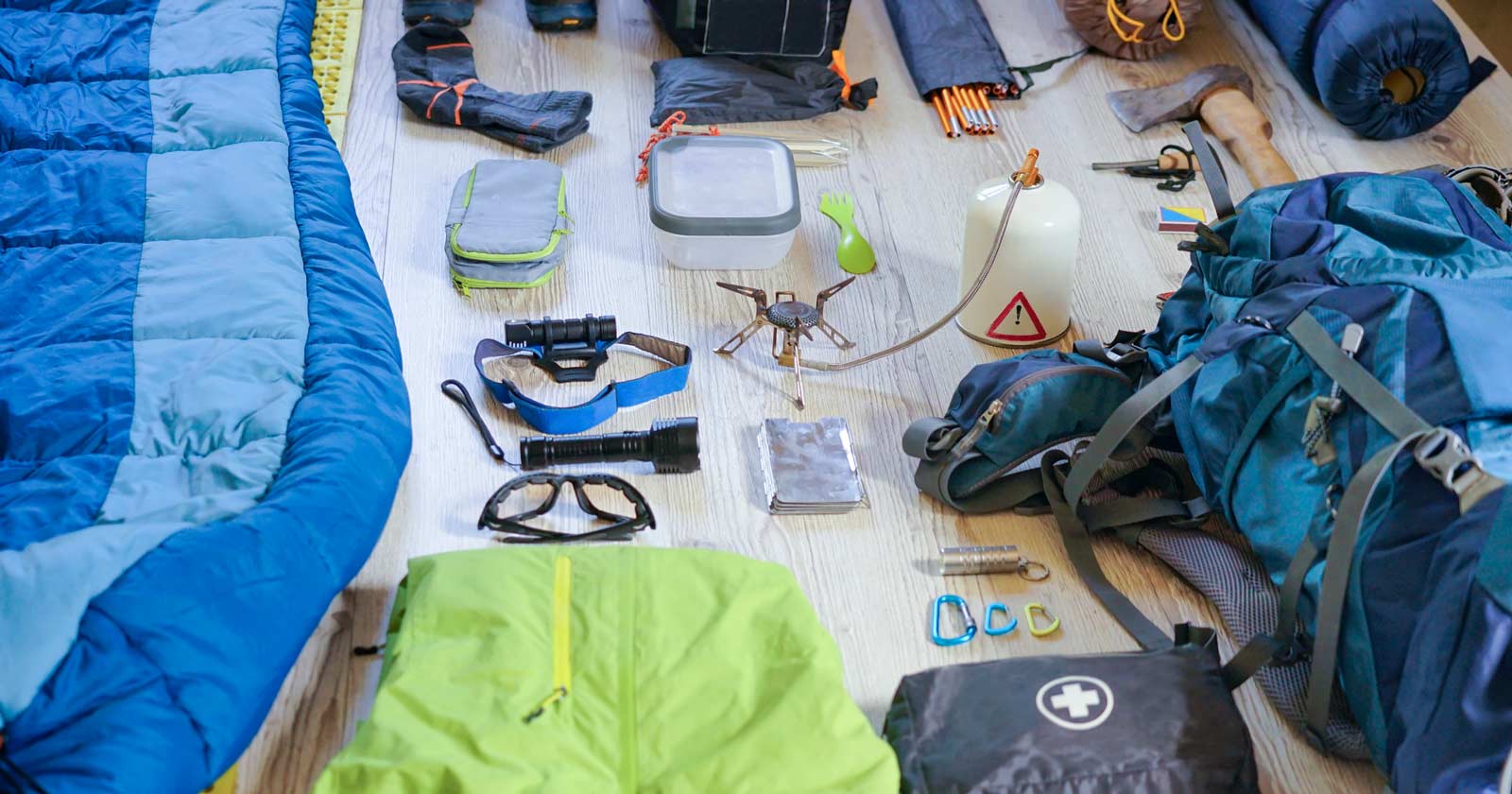Why I Pack Dual-Purpose Gear on My Hikes
When I’m heading out on an overnight or multi-day hike, one of the first things I think about is how to keep my pack as light and practical as possible. One way to do that is by investing in ultralight gear, but let’s be honest, that can be pricey, especially if you’re just getting started or don’t hike often enough to justify the cost.
What I’ve found far more accessible is packing gear that can serve more than one purpose. Using what you already have in multiple ways not only saves weight, but it also saves money. It’s not about cutting corners or going without the things you need; it’s about making smarter choices. Multi-use gear saves weight, space and effort, and that all adds up over the course of a long trip.

Why it Matters
A lighter pack can make a huge difference on the trail. It puts less strain on your body, reduces fatigue and allows you to move more comfortably and confidently. But more than that, it forces you to think about what you actually need, and what can do double duty instead of carrying two separate things.
Some ultralight enthusiasts take things to the extreme—drilling holes in their toothbrush handles, cutting the ends off utensils, or swapping tents for tarps supported by hiking poles. While there are plenty of novel ways to reduce pack weight, this post is more about simple, everyday choices. My focus here is on gear that earns its place by doing more than one job.
That said, I also recognise that not everyone prioritises weight when it comes to hiking; some people are more focused on comfort, convenience, or other factors like that sneaky bottle of wine. For those who do want to lighten the load, though, these are a few tips that have worked well for me.
It’s also helpful for planning and packing. Fewer items mean less rummaging, less faffing around setting up camp and more time enjoying the actual experience of being out there.

A Few Examples from My Pack
Here are some of the dual-purpose items I regularly carry and why I wouldn’t leave home without them:
1. Hiking poles
Not only do they help with balance and take pressure off your knees, but they can also double as tent poles if you’re using a tarp or trekking pole tent. I’ve also used one as a makeshift splint in a first aid situation. On a couple of trips, I’ve propped them between tree branches to make a quick clothesline, which worked surprisingly well for airing out damp socks or shirts.
2. Clothing
- Buff or bandana: These little bits of fabric are incredibly versatile. I’ve used them as a towel, a beanie, a sunshade for my neck, a pot grabber, even as a water pre-filter when things got gritty.
- Down jacket: Used as a pillow or sleeping bag booster for extra warmth.
- Rain jacket: Obviously it keeps me dry, but it also works as a windbreaker, an extra layer for warmth at night, or something to wrap around my sleeping gear to keep it dry inside the tent.
3. Sleeping mat
Mine folds easily into a sit pad for breaks, and I’ve also used it under my legs for extra warmth on cold nights when my sleeping bag wasn’t quite enough.
4. Groundsheet (Tyvek)
Light, tough and compact, a groundsheet protects my tent floor but also doubles as an emergency rain cover or windbreak. I’ve even used mine to sit on during breaks or to keep gear clean and dry in wet weather. It’s simple but surprisingly handy.
5. Pot
Besides cooking meals, I use my pot to eat from instead of carrying a separate plate or bowl. I’ve also used it to boil water for first aid, sterilise gear, wash up, and carry water—simple, reliable, and endlessly useful.
6. Dry bags or Ziplock bags
They keep gear and electronics dry, but can also be used to carry water, store rubbish, human waste, or separate wet clothes from dry ones. Ziplock bags can also be used to keep your maps dry.
7. Paracord
It’s strong, light and takes up no space. I’ve used it as a clothesline, for hanging food, repairing gear and once even as a backup shoelace.
8. Headlamp
Apart from the obvious, I’ve strapped it to a water bottle for a makeshift lantern or hung it from a tree branch to light up camp.

Tips for Choosing Multi-Use Gear
- Look for versatility, not gimmicks. A tool with five functions that does none of them well isn’t useful. Choose things that actually work for the jobs you need them to do.
- Test gear at home. If you’re not sure how something can be used in different ways, try it out before you’re relying on it out in the bush.
- Think about your specific trip. Some gear might have more than one use, but only one of those uses might actually apply to the terrain or season you’re heading into.

Final Thoughts
Packing multi-use items has become second nature for me. It’s not about going ultralight at all costs; it’s just about hiking smarter. The more I can get out of each item in my pack, the less I have to carry, and the more value I get from the gear I already own.
Choosing gear that serves more than one function is one of the most effective ways to cut down on your pack weight. If you’re looking to lighten your load even further, check out this guide on how to calculate and optimise your base weight.
If you’ve got a favourite dual-purpose item or a clever hack that’s helped lighten your load, I’d love to hear it. Drop a comment below, you might inspire someone else to rethink their pack.





